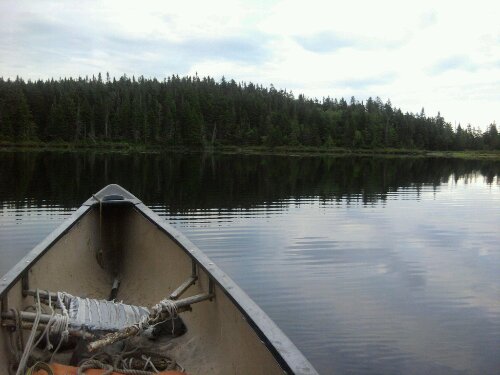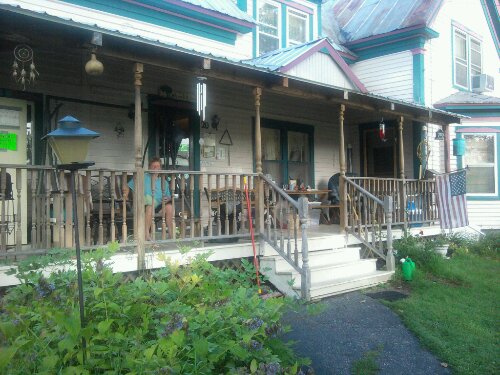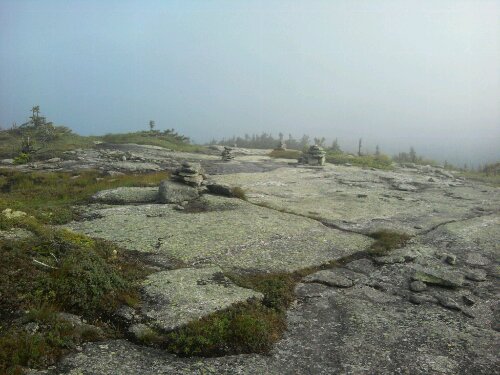
I pilot a canoe on Little Swift River Pond, searching for moose.
Sagebrush personal hiking blog

I pilot a canoe on Little Swift River Pond, searching for moose.

Pine Ellis Lodge in Andover Maine has pa remarkably relaxing front porch along a quiet syreet.

Cairns atop Baldpate Mountain in Maine, early morning.